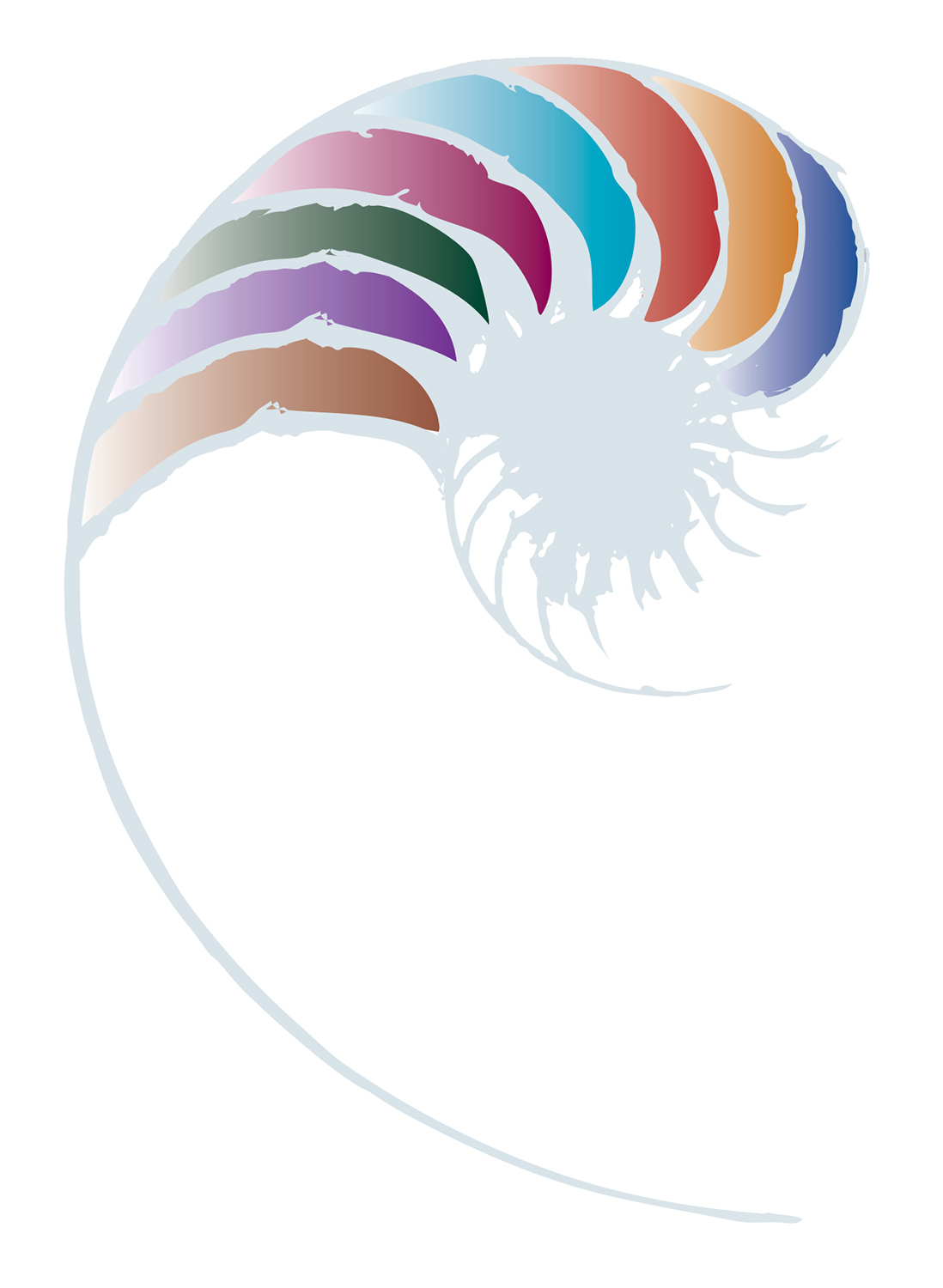
Summer Food - Kūmara - Taumata 3
Summer Food - Kūmara - Taumata 3
Ākona te Tau - Hine Raumati
Atua
Pani Tinaku
Iti noa ana, he pito mata.
Whakapapa
Te whakapapa o Tānerore.
See the “About this resource” box below to download the resource:
- Pani-Tinaku-Whakapapa.pdf
Pūrākau
See the “About this resource” box below to download the resource:
- A-Tūmatauenga-rāua-ko-Rongomaraeroa.pdf
Waiata
Pōpō: He mea tito nā Enoka Te Pakaru, Te Aitanga-a-Māhaki.
http://hana.co.nz/online/ko-wai/

- He Atua! He Kōrero!
- Delicious Kūmara
He Atua! He Kōrero!
Pani Tinaku
Te Ara has a wealth of information on Pani and her progeny, the kūmara, in both English and Māori.
http://www.teara.govt.nz/mi/kūmara/page-1
- Students work in pairs to find 3 interesting facts about kūmara from the website and present back to the class.
- Using the facts, create a class profile of Pani and the kūmara. This could be an audio profile or fact book including gathered images and information.

A Tūmatauenga rāua ko Rongomaraeroa
What you need
- Copies of A Tūmatauenga rāua ko Rongomaraeroa-raupapatia.pdf, cut into strips (1 set per pair)
- Copy of the story A Tūmatauenga rāua ko Rongomaraeroa.pdf
See the “About this resource” box below to download resources:
- A-Tūmatauenga-rāua-ko-Rongomaraeroa.pdf
- A-Tūmatauenga-rāua-ko-Rongomaraeroa-raupapatia.pdf
What you do
- Introduce the pūrākau A Tūmatauenga rāua ko Rongomaraeroa. Explain that this story is an origin story – it explains how something in our world originated.
- First read the story to the class. Discuss the story as a class. Ask:
- What is this pūrākau about?
- What does it describe the origins of? (E.g. first taiaha; kūmara; karakia and ritual about the kūmara.)
- Students work in pairs. Each pair has a set of story strips, which they need to sequence correctly. Take turns to read through the story.
- Then pairs read the story, talking turns to read aloud.
- Organise the class into 5 groups. Each group gets a section of the story (story strip). Groups then work together to create a short play for their section. Set a time limit. Perform the plays in sequence.

Pōpō
Ko Wai is a teacher’s resource based on four tribal anthems, including Enoka Te Pakaru’s iconic Pōpō!
The oriori is produced in audio visual format which you can share with students and the support material is organised by levels.
Explore the resource here: http://hana.co.nz/online/ko-wai/
Ako ā-Kākā
Rote learn the first three stanzas of Pōpō!

Maie te Tupua
Ako ā-Kākā
Learn the karakia Maie te Tupua. This can be recited when planting and harvesting, and as a karakia to the gods, in general. It can also be used as a tauparapara, or to begin and end any type of hui.
He karakia nō Waikato:
"Maie te tupua, maie te taniwha
I haere mai koe i whea?
I a Whakaotinuku, i a Whakaotirangi
Ko tō manawa, ko taku manawa
E Tāne ka irihia
Whanowhano, haramai te toki
Haumi e!
Hui e!
Taiki e!"

Iti noa ana, he pito mata
A small tuber can be used as a seed kūmara, to sprout and produce many more kūmara next planting season. This whakataukī refers to the wisdom in making a small investment now in the hope of plentiful return in the future.
- Ask students to prepare a short speech (no more than 500 words) on the potential of investment with the hope of reaping benefits. This could be:
- a monetary investment
- a physical one e.g. training every morning to get into a sports team
- learning something new
- a new friendship.
- Remind students to include the whakataukī in the speech. Students present their speeches to the class or in small groups.
Possible Assessment Opportunities
Students can:
- Research online, discuss and collaborate on a profile of Pani and the kūmara
- Understand the purpose of pūrākau whakamārama through the story Tūmatauenga rāua ko Rongomaraeroa.
- Retell the story of Tūmatauenga rāua ko Rongomaraeroa in their own words.
- Collaborate with peers to perform a mini play based on a section of the story of Tū and Rongo.
- Recite karakia and use at appropriate times.
- Speak persuasively on the topic of potential.
- Use whakataukī to lead a discussion, emphasise a point or sum up an argument.
Mō te rauemi
Taumata: Taumata 3
Wāhanga Ako: Te Reo Māori, Tikanga ā-Iwi, Hangarau
Kohinga: Ākona te Tau - Hine Raumati


















